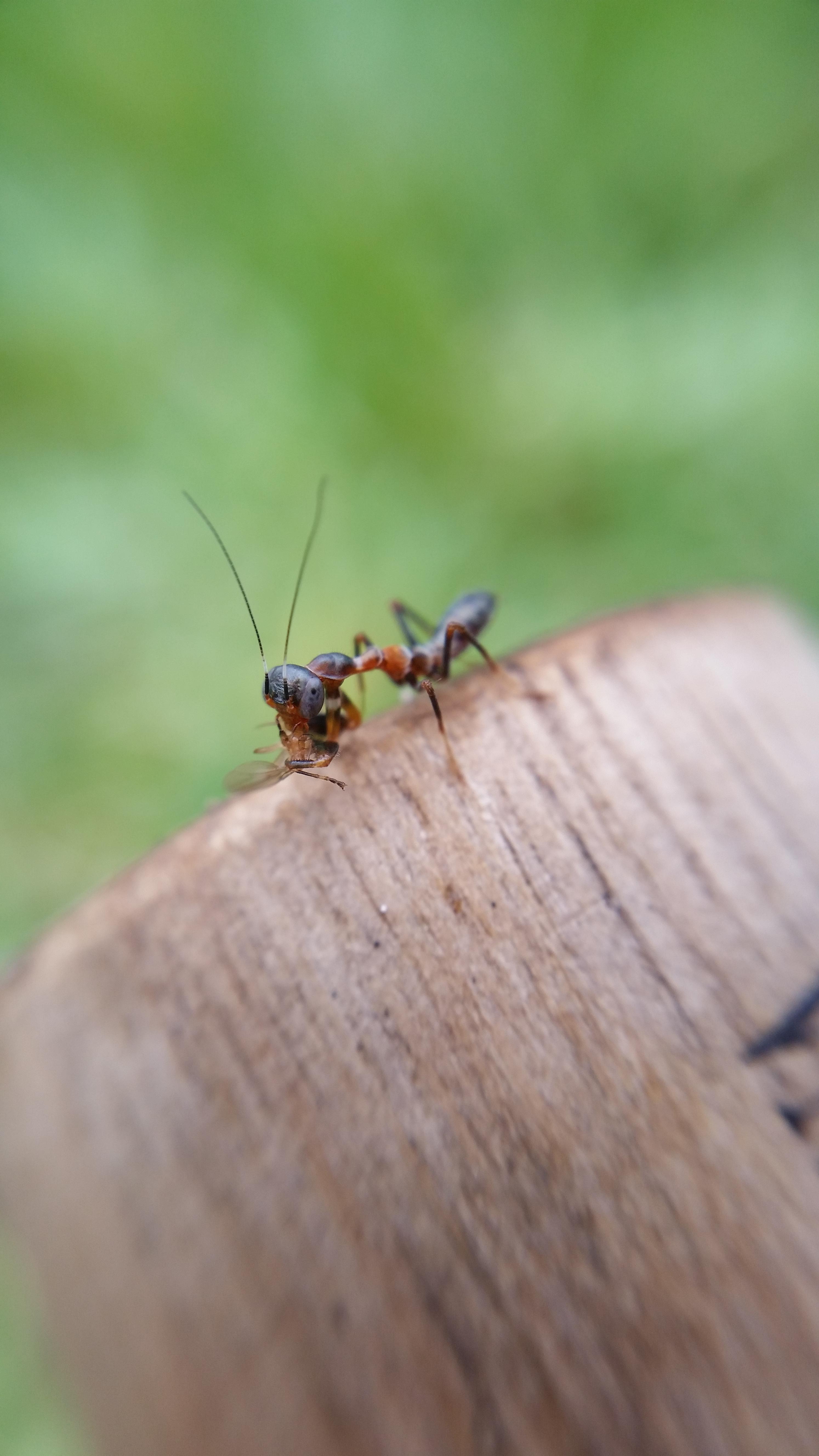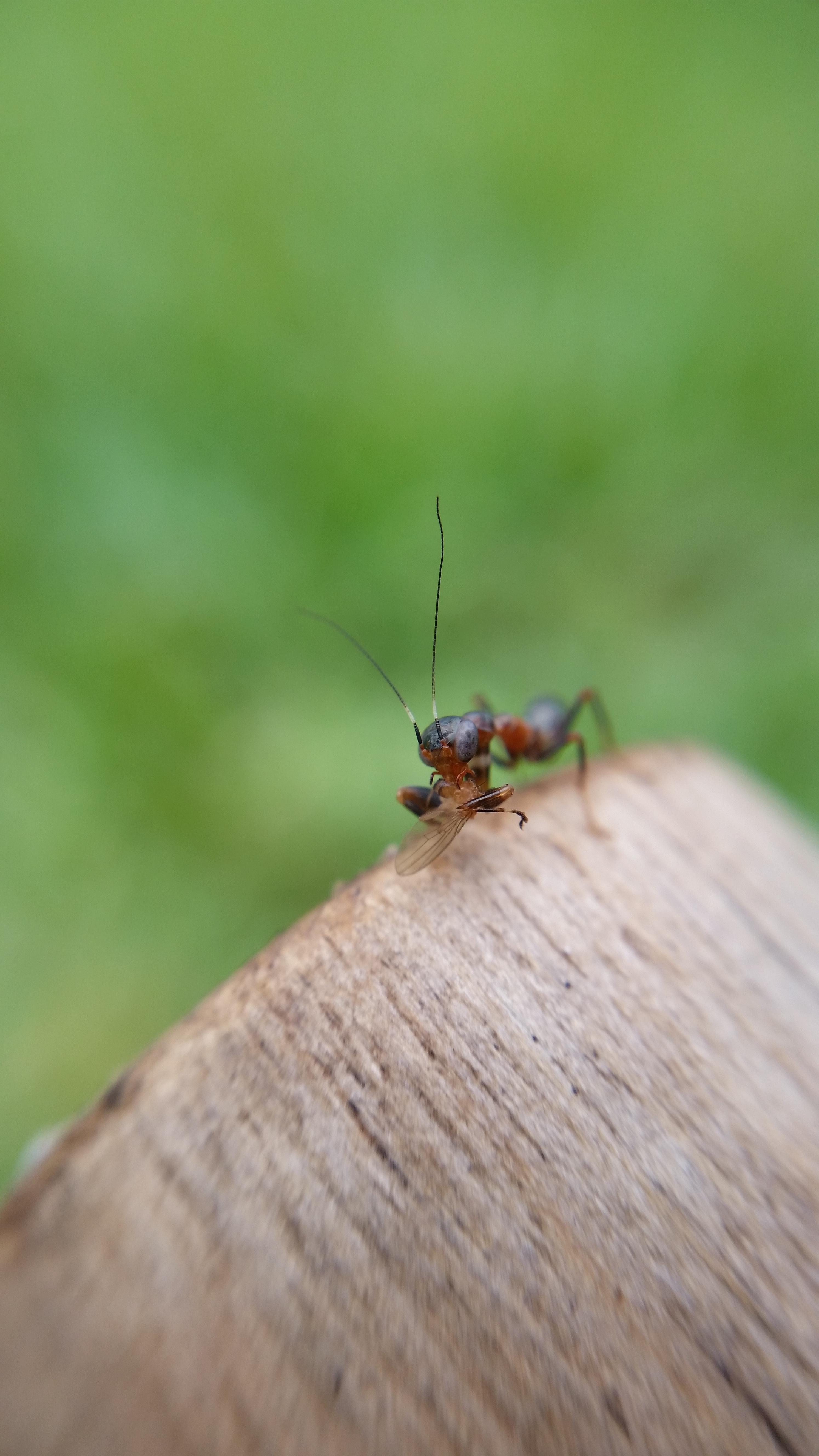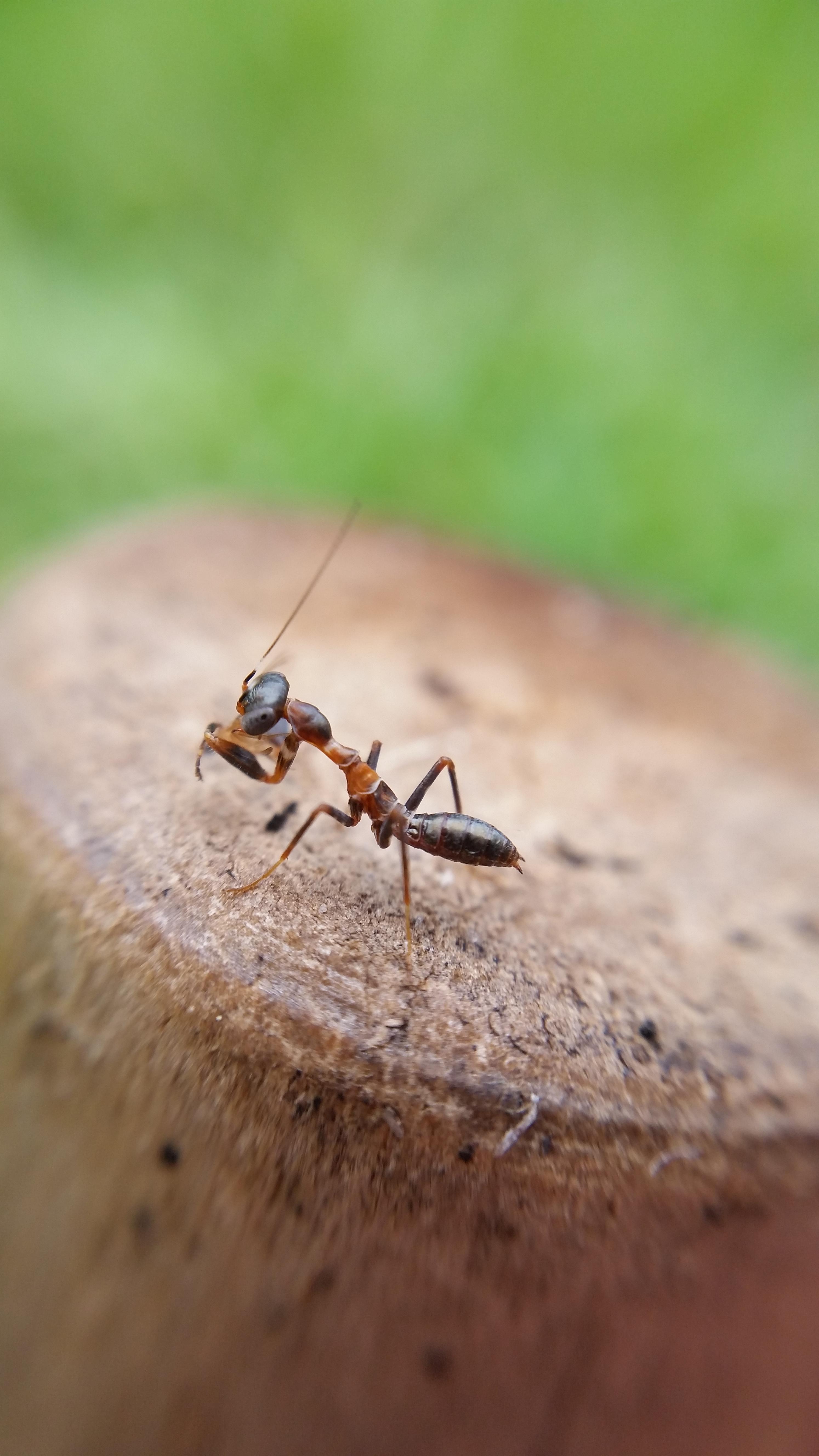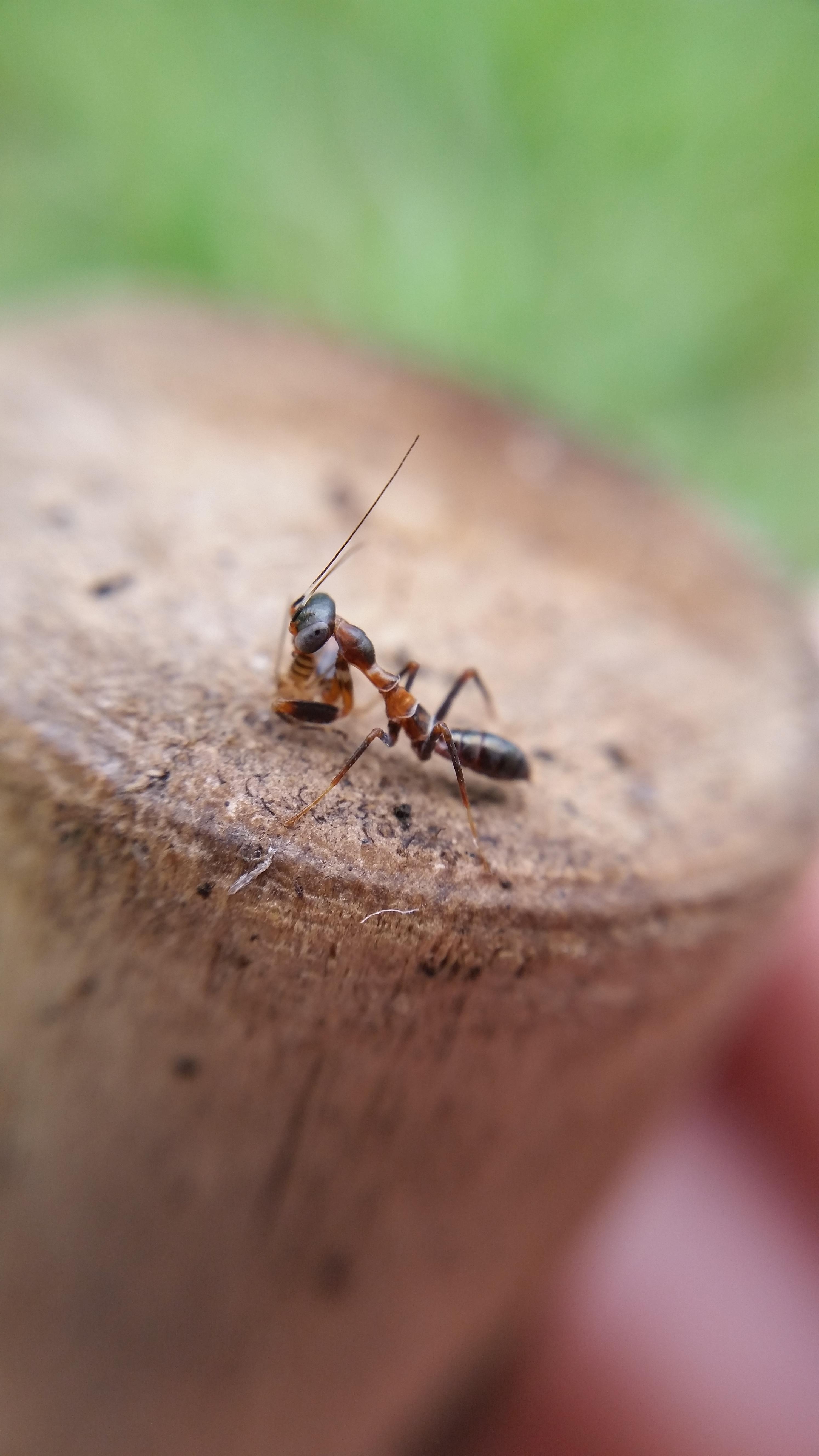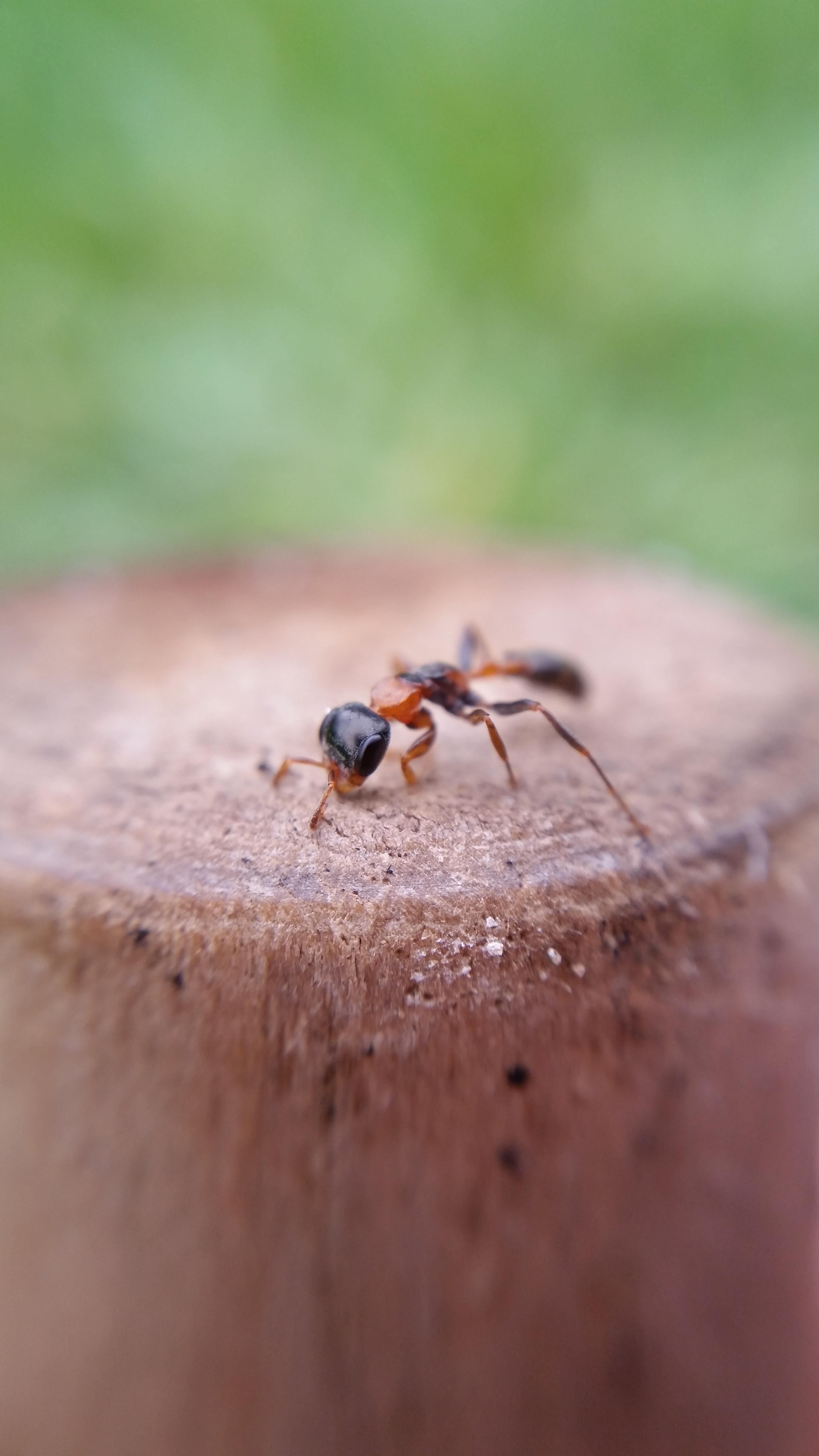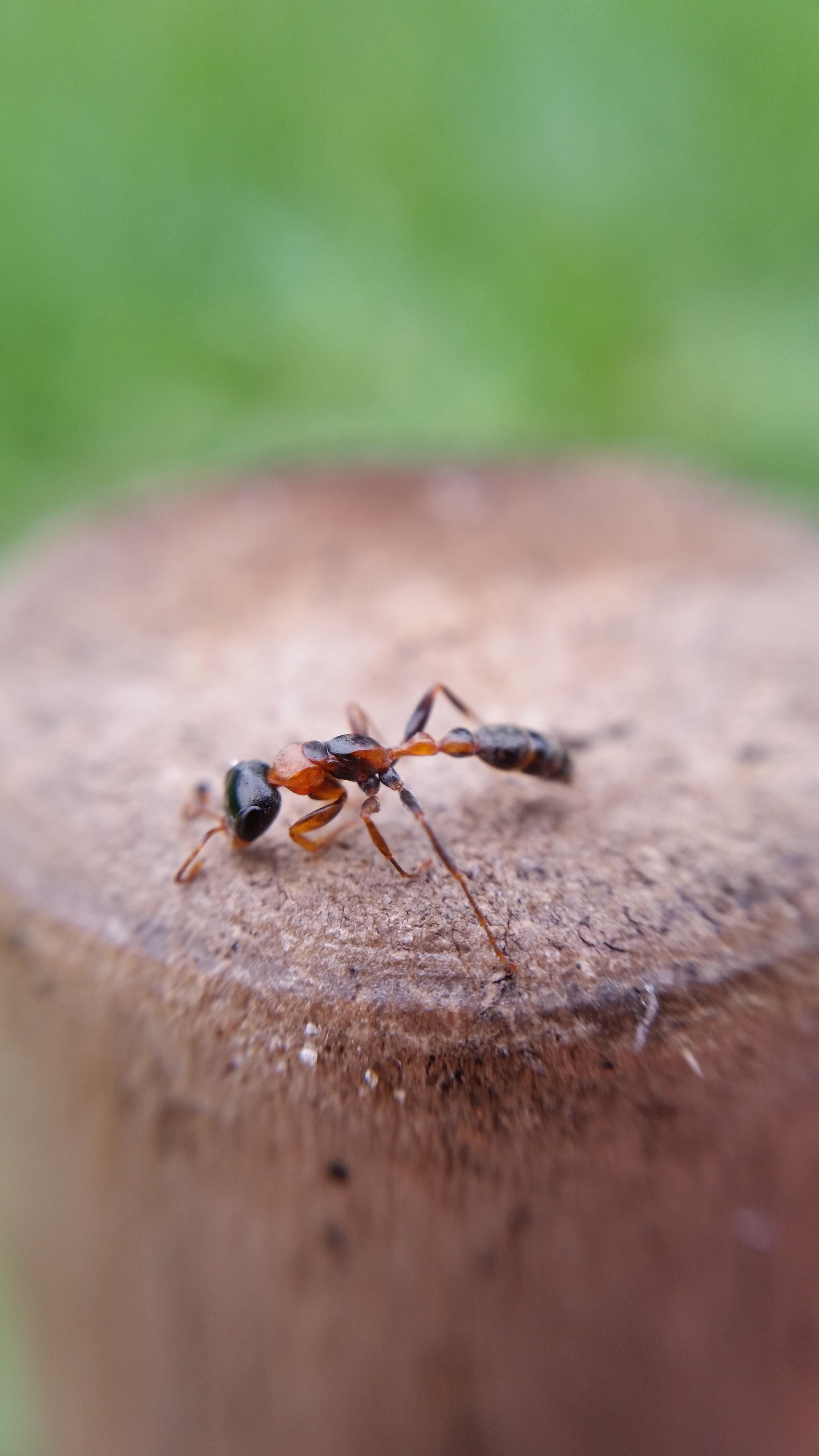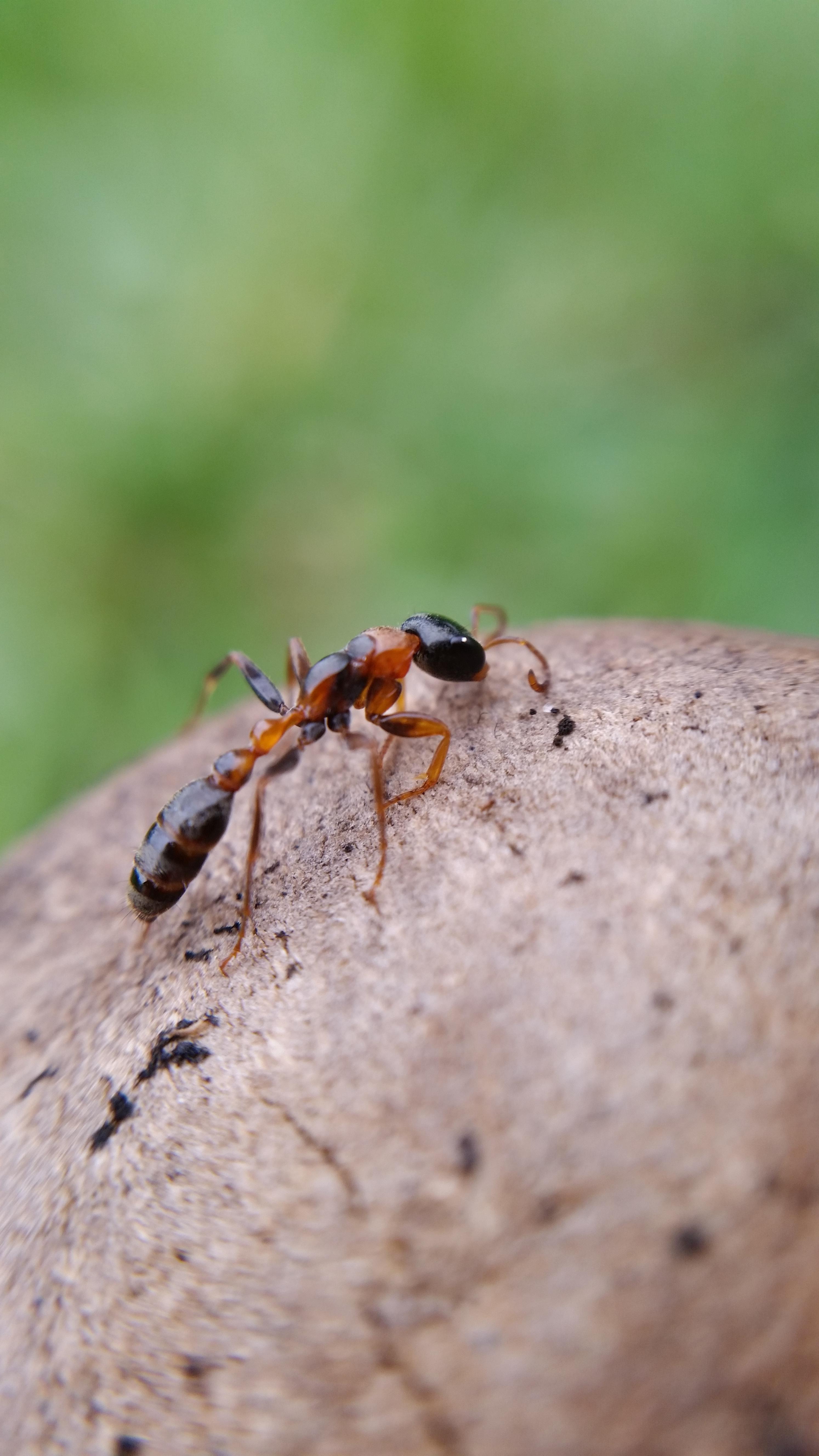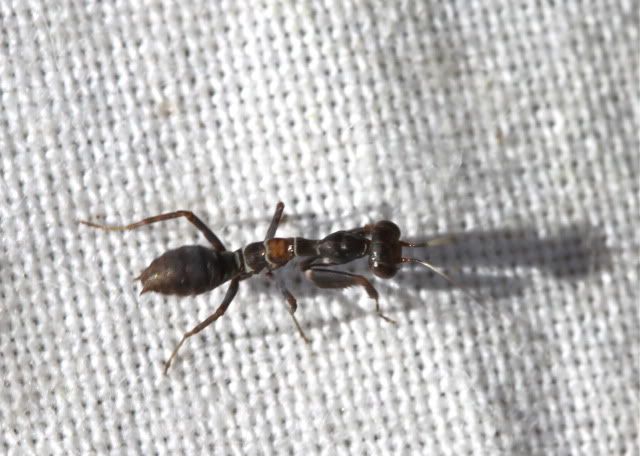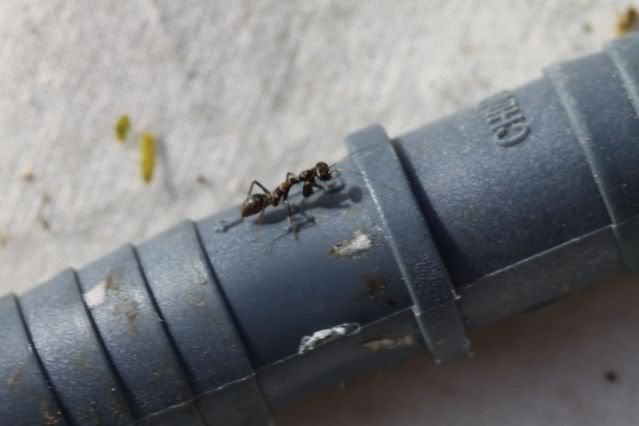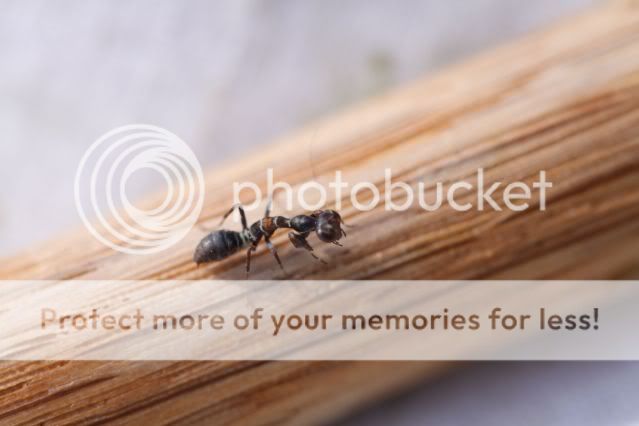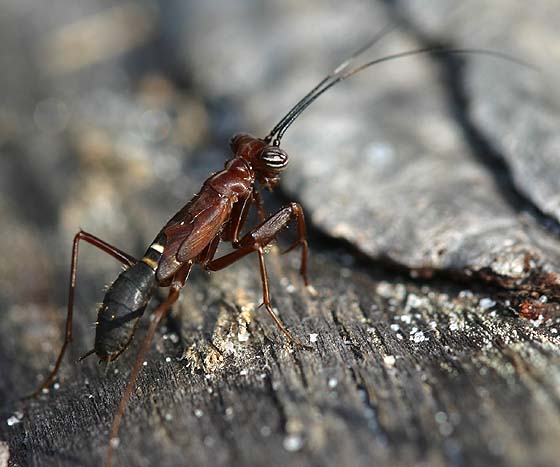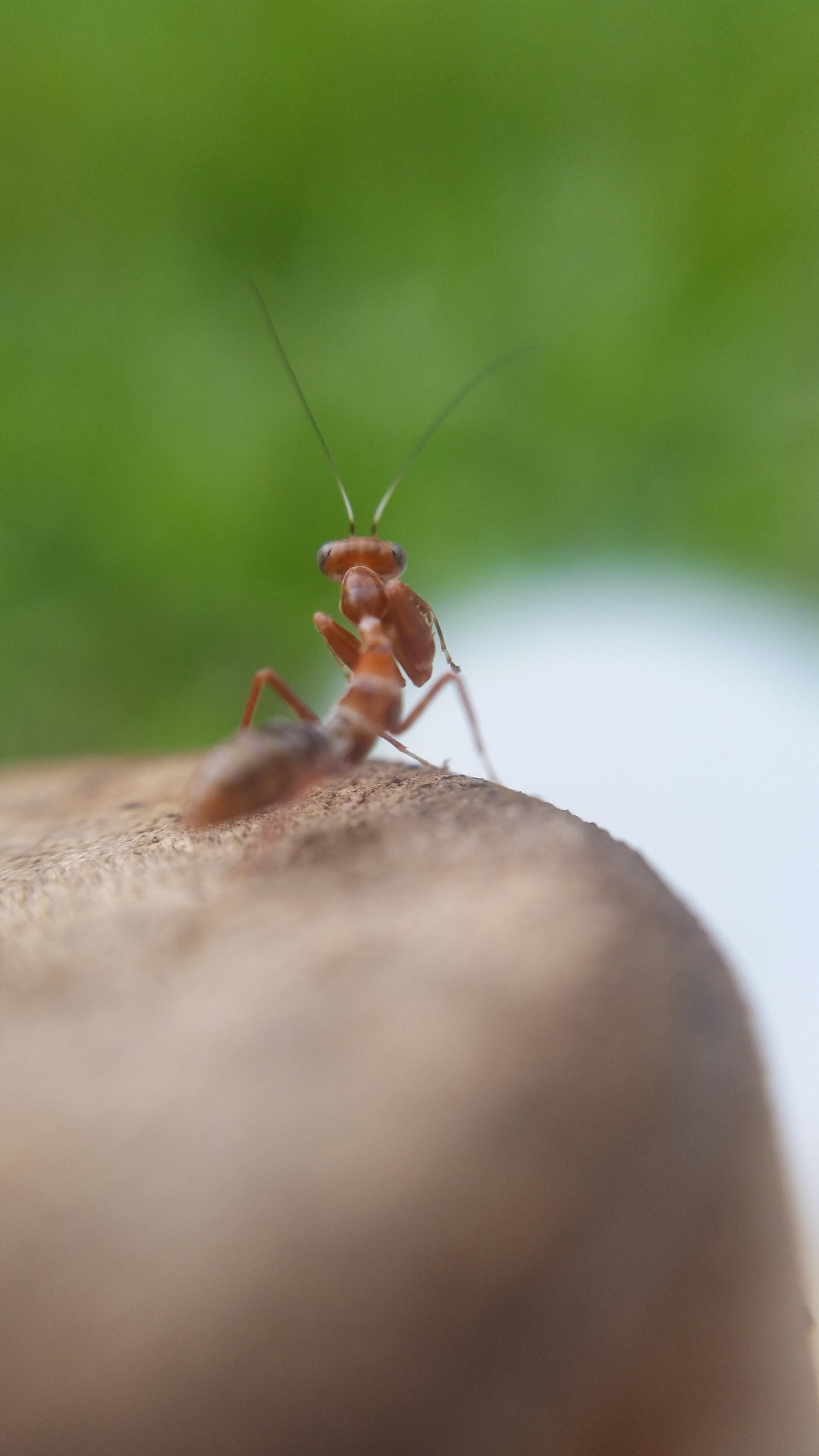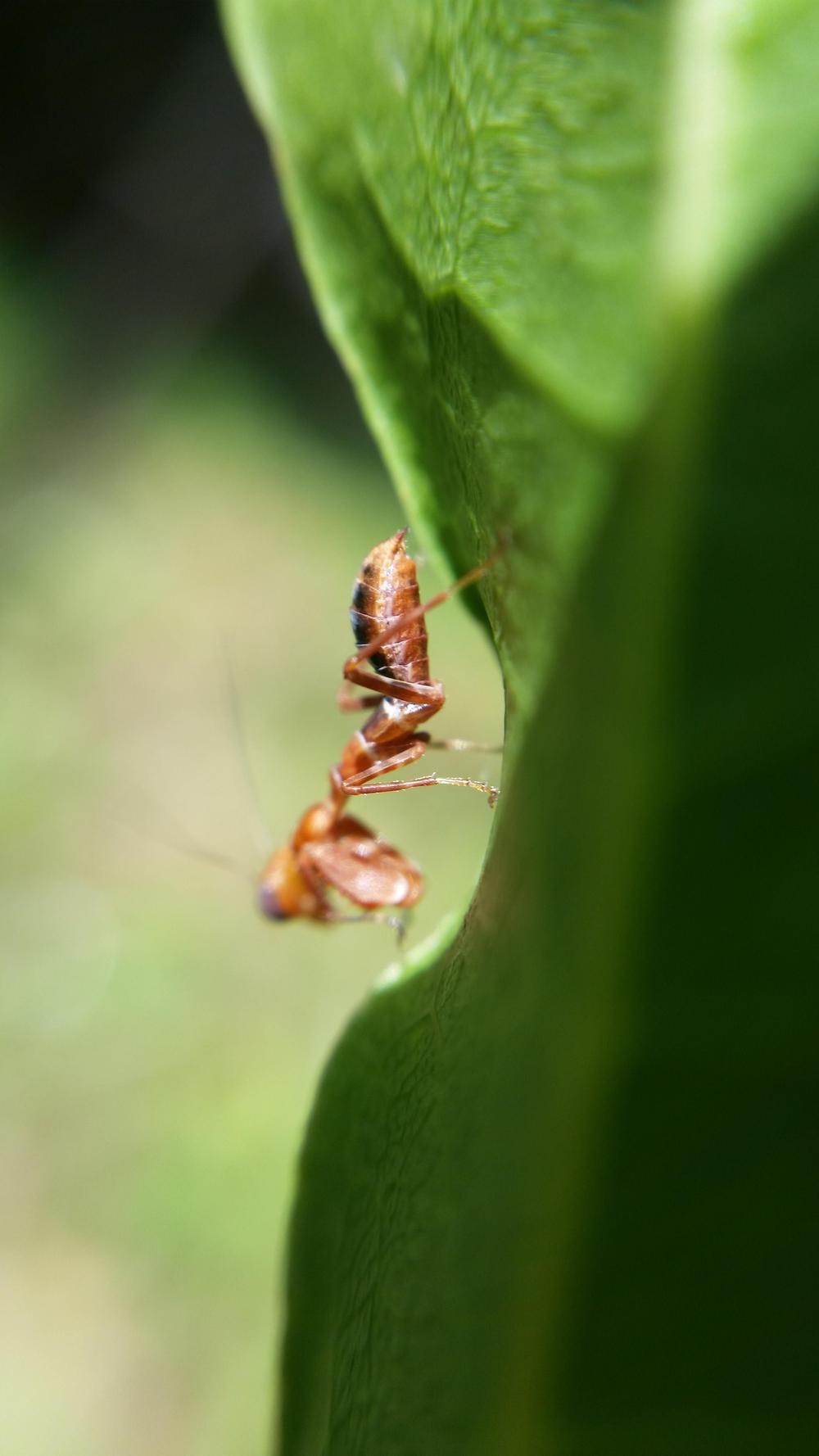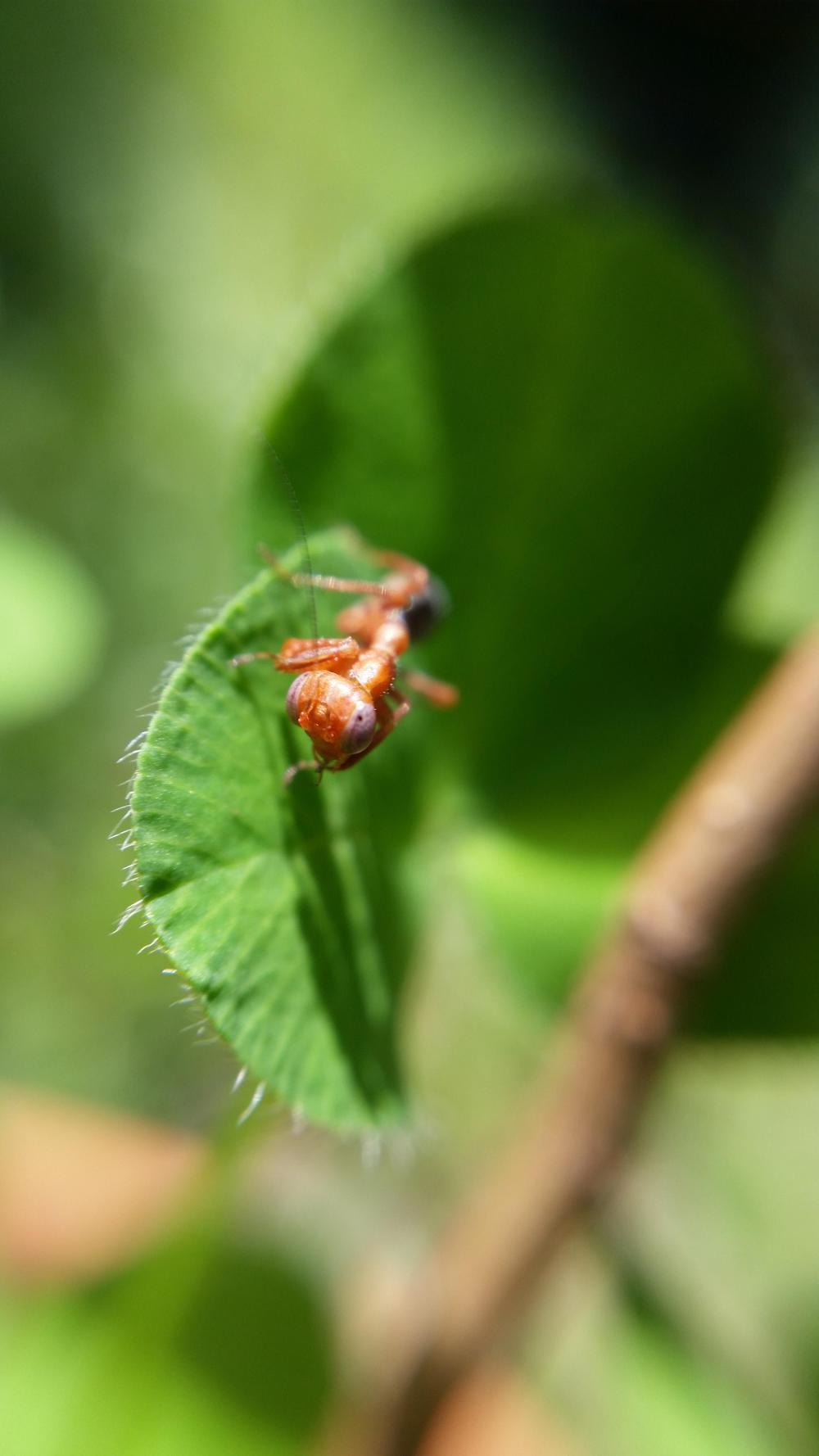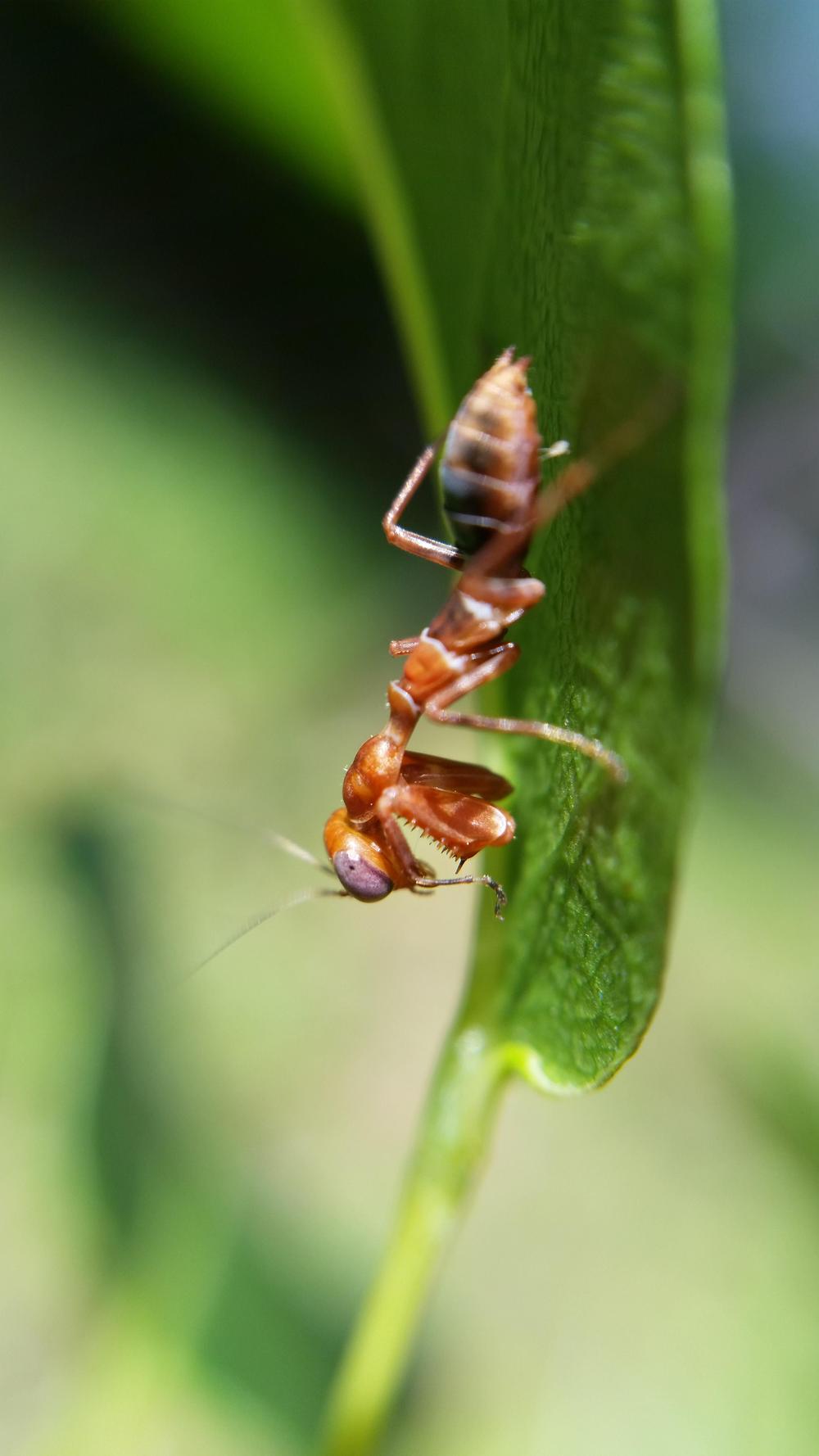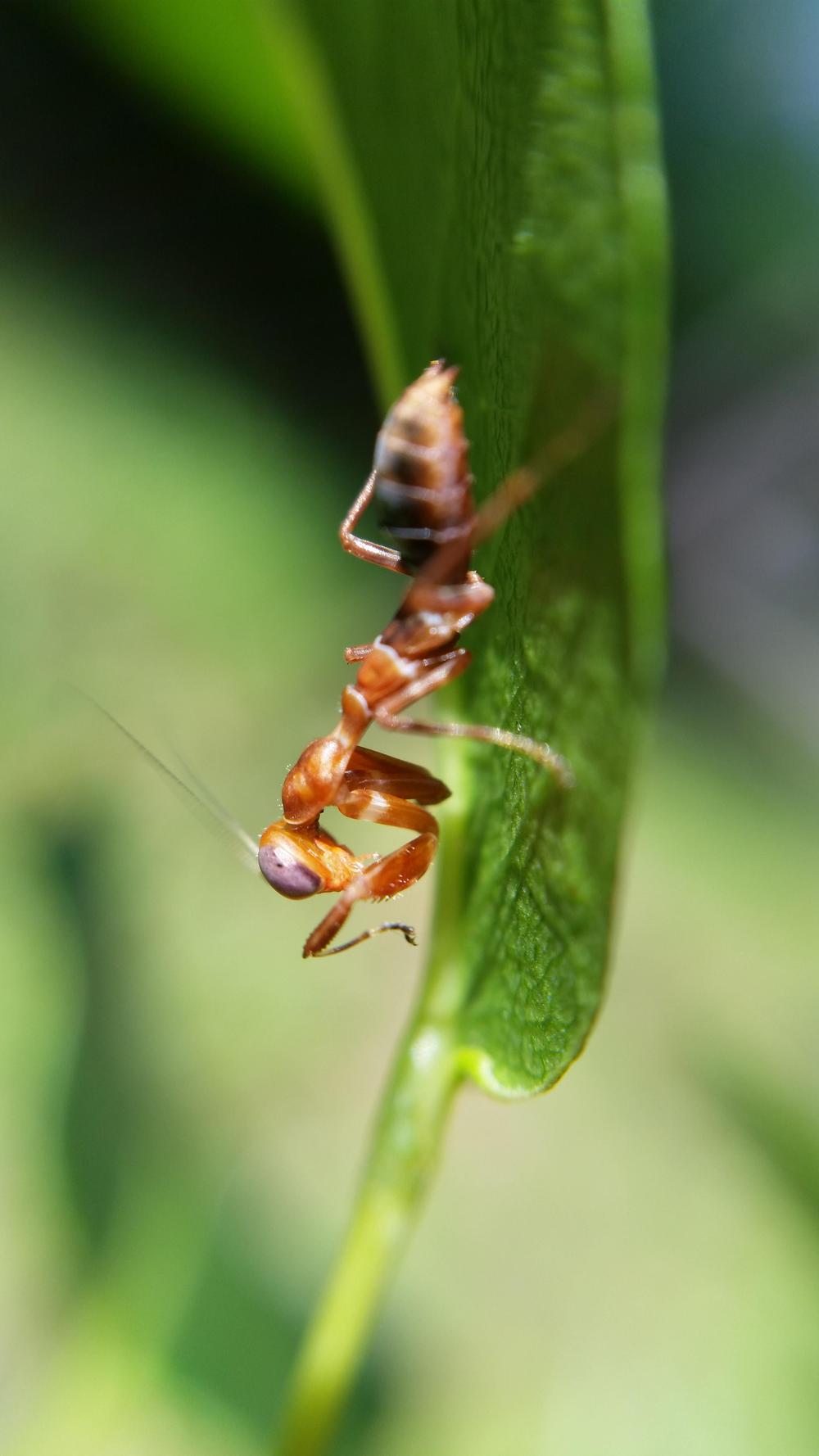aNisip
Well-known member
A rare species of mantis I found while cataloging different species of ant down in Coconut Creek, FL this past Sunday. The "Little Yucatan Mantis" is its common name, but the more preferred Mantoida maya is what I refer to it as. It is considered an ant mimicking species like a few other mantid species. However, this ant-mimic trait usually only lasts for its immature instar stages. It mimics the ant species Pseudomyrmex gracilis (Elongate Twig Ant), not only by appearing similar on the morphological basis, but also referring towards its behavior (in terms of moving like the ant does, and responding to stimuli in similar manners). I wanted to get a somewhat good shot with what little sunlight I had left, so I just picked out this specimen (P. gracilis) out my preserving specimen container, so you can sort of see the morphological resemblance, but it is most noticeable in a living specimen with the dried out, erect setae and more grey-ish appearance. This is a nearly mature mantid and the resemblence is a little tough to see, but its there, I promise
 . (Warning: Enjoy the ginormous pictures. ) (Warning #2: Sorry for some of the bad ant pics and mantid ones, I was in a race with the ever fading sunlight.
. (Warning: Enjoy the ginormous pictures. ) (Warning #2: Sorry for some of the bad ant pics and mantid ones, I was in a race with the ever fading sunlight.

